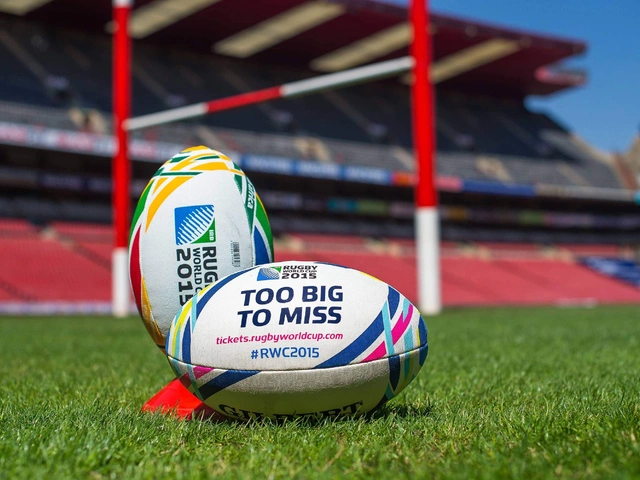Rugby Origin: From a Schoolyard Legend to a Global Game
Ever wondered how a simple schoolyard scuffle turned into the sport we love today? The story starts in early 19th‑century England, at Rugby School. Legend says a pupil, William Webb Ellis, grabbed the ball during a football game and ran toward the goal. That split‑second move sparked a new set of rules and a whole new sport.
Back then, there were many versions of football played across the country. Each school had its own tweaks. Rugby’s distinct feature was the allowance to carry the ball. Over the next few decades, former students spread the game to clubs and universities, shaping the first official laws in 1845. By the 1860s, the Rugby Football Union (RFU) was formed, cementing the sport’s identity.
Why Rugby Came Before American Football
One common question on our tag page is whether rugby predates American football. The answer is a clear yes. Rugby’s rules were set decades before the first American football game in 1869 between Rutgers and Princeton. Early American football actually borrowed heavily from rugby and soccer, adopting the concept of tackling and the shape of the ball.
As the game moved north, colleges started tweaking the rules to suit their own style. Walter Campbell introduced the line‑of‑scrimmage in 1880, and later, the forward pass was added in 1906. Those changes turned rugby’s cousin into a separate sport. So when you read a post about “Was rugby invented before American football?” you’re seeing a simple timeline: rugby in the 1820s, American football in the late 1800s.
Comparing Rugby to Other Sports
Fans love to debate if rugby is better or faster than other games. The truth is, each sport shines in its own way. Rugby demands continuous play, so players keep moving for 80 minutes with only short breaks. American football, on the other hand, pauses after every down, allowing bursts of explosive speed but less overall endurance.
When you ask “Are NFL players faster than rugby players?” the answer depends on what kind of speed you’re measuring. NFL athletes train for short‑distance sprinting, while rugby players need to sustain a high pace for longer periods. Both are impressive; it’s just a different kind of athleticism.
Our tag page also covers practical topics like “How to start training my body for rugby?” If you’re new to the sport, focus on core strength, leg power, and cardio. Simple drills like interval runs, shuttle sprints, and body‑weight circuits will build the stamina you need for the nonstop action.
Whether you’re looking for the roots of rugby, how it sparked American football, or tips to hit the gym like a pro, this page pulls together the best answers from our community. Dive into the posts, share your own memories of local pubs turning into rugby hubs, and keep the conversation rolling. Rugby’s origin isn’t just history – it’s a living story that keeps growing with every player who steps onto the field.

Did football come from rugby?
Football, popularly known as soccer, has long been considered to have evolved from the English game of rugby. The two sports have many similarities, such as the basic rules of play and the shape of the ball. The main difference between the two is that rugby allows players to pass the ball backwards, while in football the ball must be passed forwards. It is believed that football was developed from rugby in the 19th century by English schoolboys who wanted to create a less physical game. The Football Association, which was founded in 1863, established the first set of rules for football, which differed from rugby's rules. Since then, football has evolved into the most popular sport in the world.
Feb 16 2023




